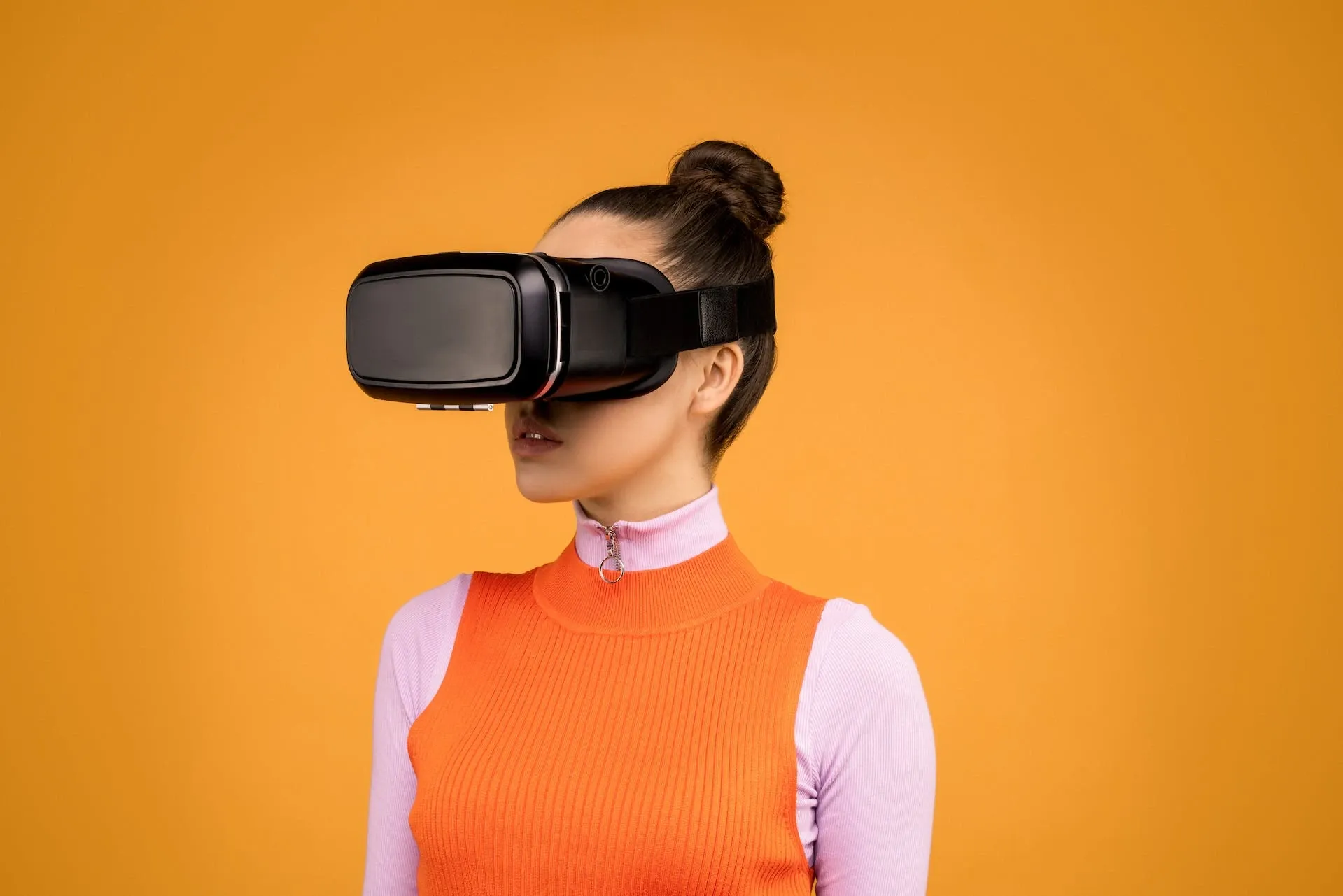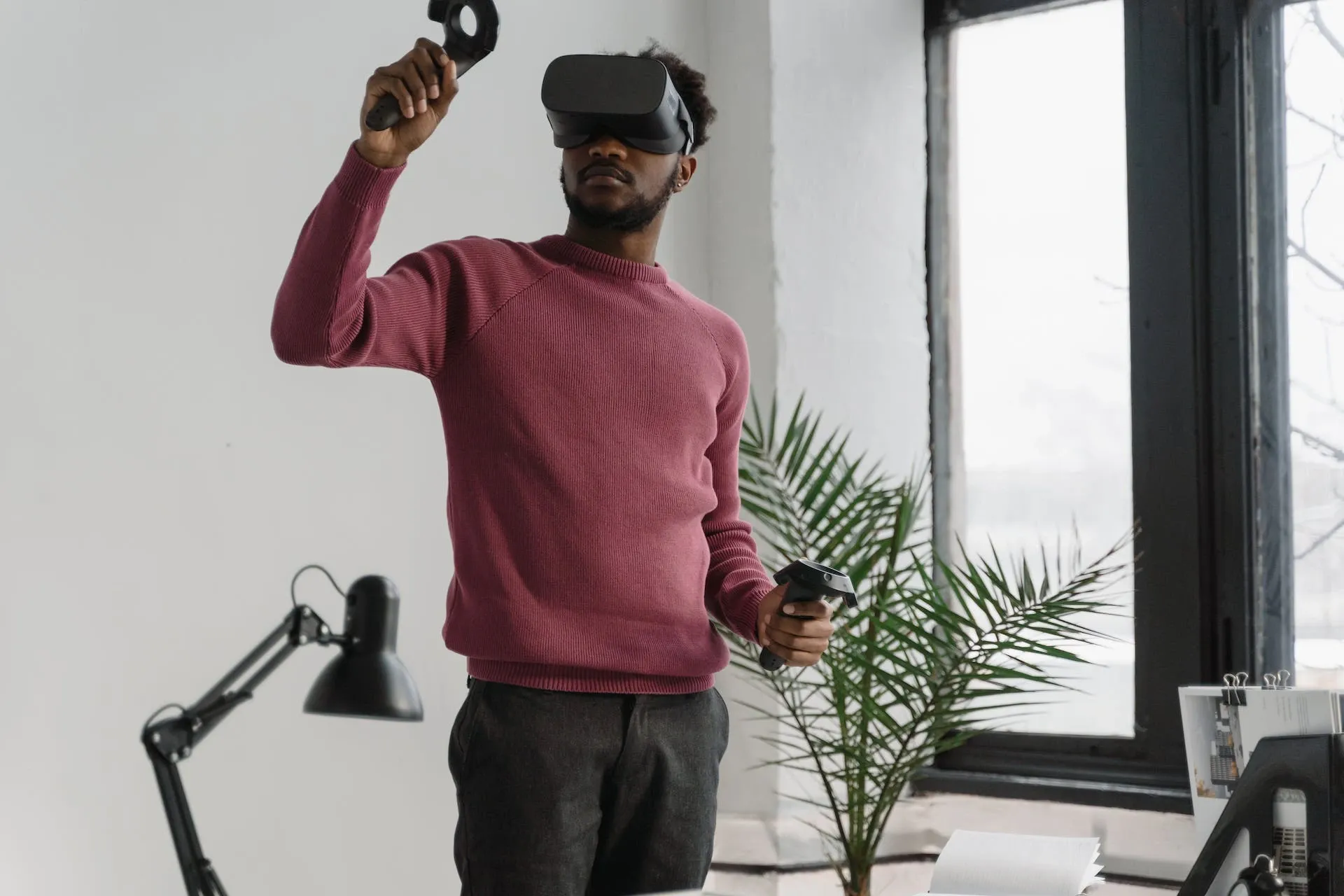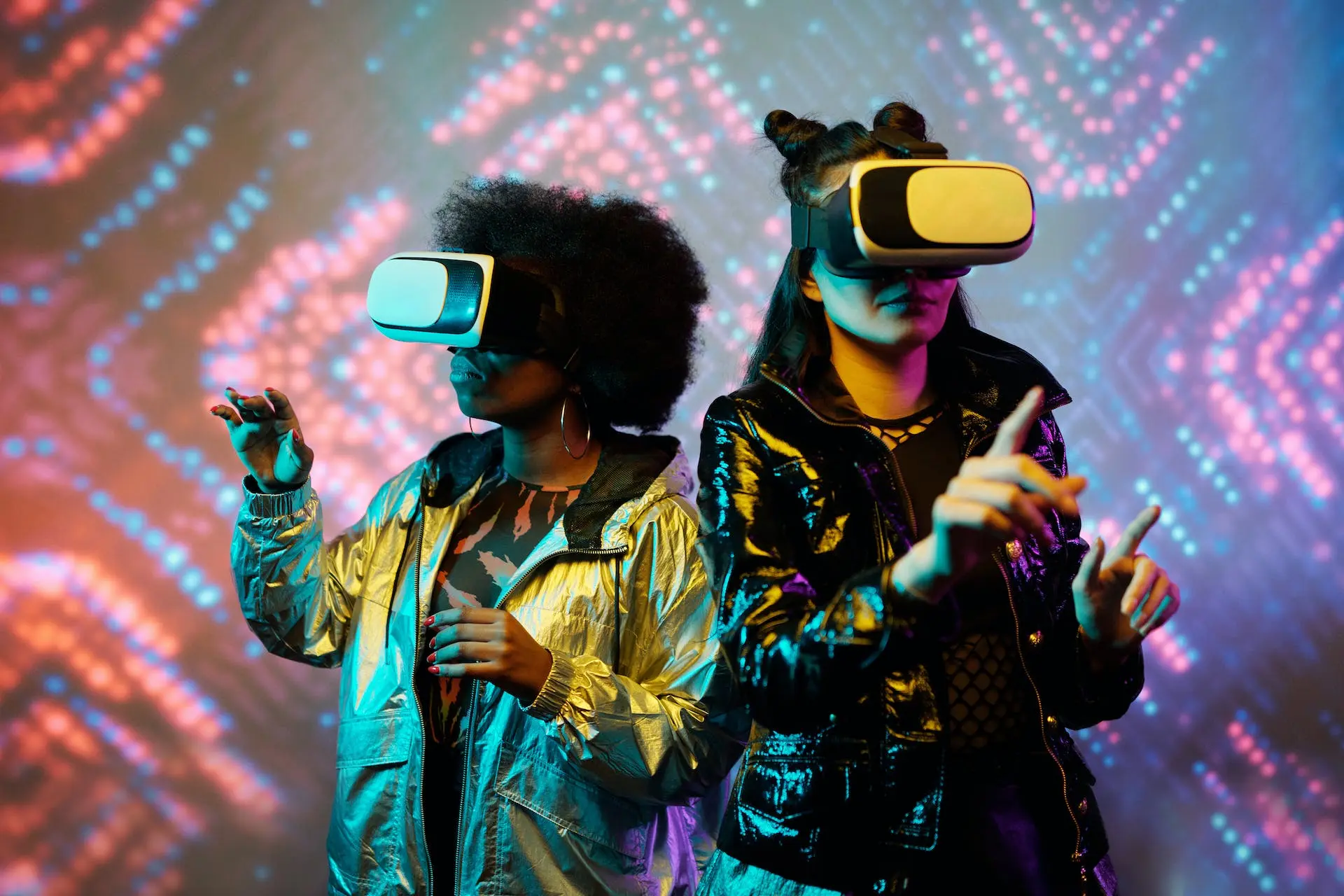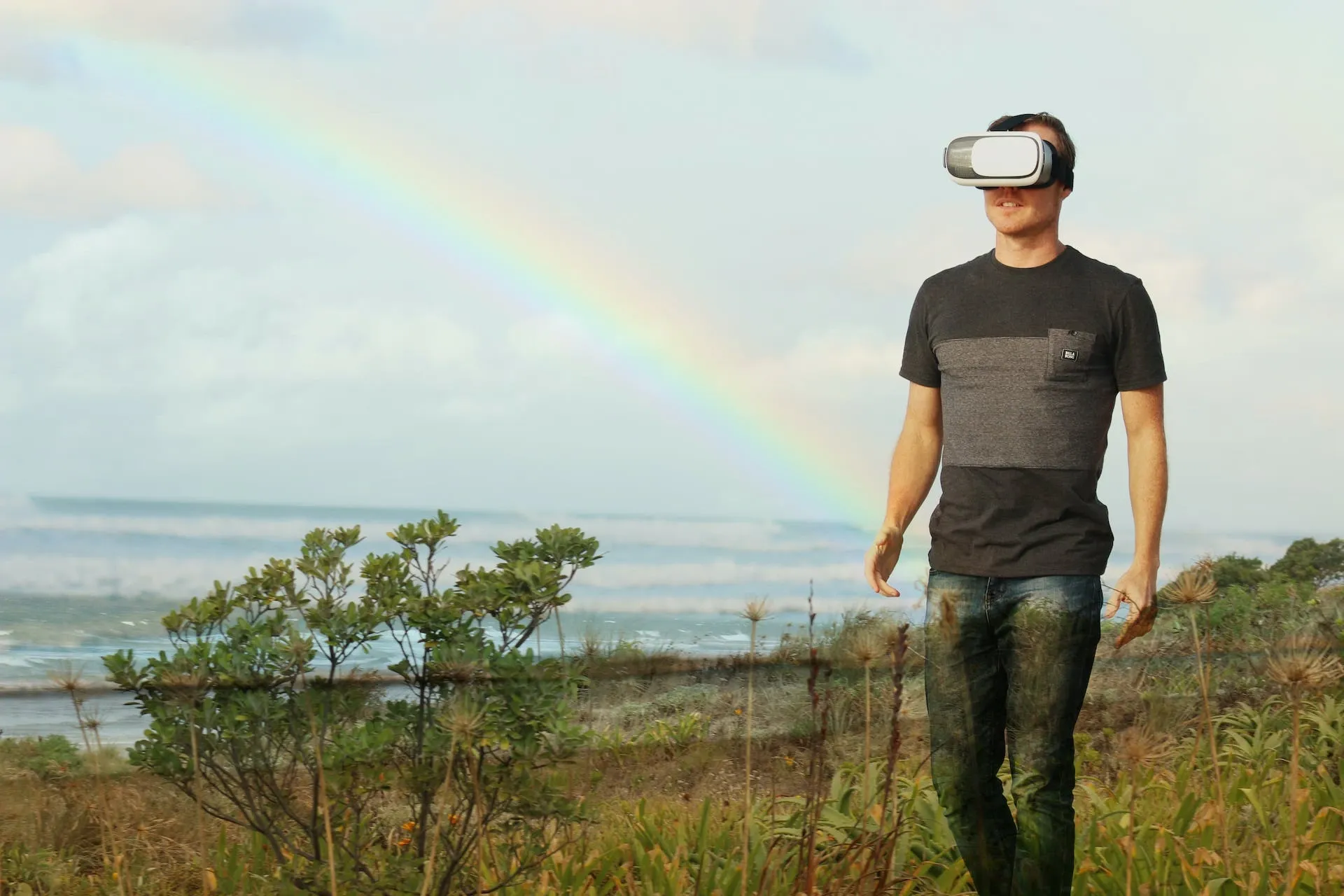Music and virtual reality: Is it the future?
Heard about music in VR? Learn how virtual reality and music work together, what it means, and what the future for VR & AR in music looks like.

Music in VR is the buzziest of buzzwords, but what does it mean? Let’s dig into the meat of the matter today. We’ll cover:
- What is VR?
- What is AR?
- How is music used in VR?
- How is VR changing the music industry?
- What is the future of music and VR?
What is VR?
VR is virtual reality. It’s a simulated, fully rendered 3D environment in which a user can experience and interact with something a little like life. It’s a form of sensory immersion, often using goggles and headsets to shut out the real world and accept the VR components as ‘real.’

VR has all sorts of commercial uses, including retail, education, healthcare, and even real estate. More often than not, you’ll find VR packaged as ‘day out’ entertainment, usually in a high-footfall area like a shopping mall. These will be huge, custom-built halls decked out with the latest technology, transporting customers millions of years into the past or to a wrecked, desolate future.
It’s also leapt into households with things like the PlayStation VR2 and Meta Quest headsets, enabling 360 video from the comfort of your couch. These devices throw you into the universe of your favorite video games: everything from Zombieland and Jurassic World to Star Wars and Job Simulator.
VR is also staggered in different tiers. In its simplest form, non-immersive VR is something like a video game, which transports you to another place but you know that it isn’t real. Rather, it’s just on a screen.

At the other end of the spectrum, fully immersive VR uses tools like gloves, headsets, and even treadmills to deliver a sensory overload – some of them use smells to wrap users in another layer of reality.
What is AR?
AR is augmented reality. It’s easy to confuse AR and VR, because they both employ similar tactics. However, while VR paints a whole new world, AR adds to what we already see – it ‘augments’ it, which means to increase, or make greater.
An obvious example of AR is something like Pokémon GO, which lets gamers follow Pokémon around local areas via their smartphones.
You’ll often find AR used by consumer brands selling larger, lifestyle items, too. Think of how many furniture brands have prompted you to scan a QR code, open your camera, and see how their new chair fits in your kitchen. That’s AR!
AR is most commonly used via smartphones, but you might also see it used with devices like smart glasses. If you were being persnickety, you could argue that AR is actually a type of VR. We can get behind that thinking, as it does fall under the same banner – it’s not fully immersive, but it still paints a picture different to the reality you’d usually experience without AR.

How is music used in VR?
Music and sound design are essential for an immersive VR experience. If you use the wrong sound effect or musical sting in VR, it can yank the user out of that reality. In some regards, it’s worse than fluffing the music in a ‘regular’ piece of content, because the world built by VR is so all-encompassing – if one element seems off, the whole thing falls apart. The soundtrack really can make or break your content – check out this VR rollercoaster to get a feel for what we mean.
Using high-end technology to record, mix, and master spatial or 8D audio, sound designers can sculpt evocative VR landscapes for the eyes and the ears. In controlled environments like the shopping mall example we mentioned, a user’s movement can trigger sounds in a different room, piling on extra layers of realism and spatial awareness.
Music does more than just soundtrack a visual – it tells a story. Tell your story your way with our massive catalog of 40,000 quality tracks.

How is VR changing the music industry?
Virtual reality has made waves in the music industry recently, especially when artists were unable to tour during the coronavirus pandemic. John Legend’s collab with WaveXR was an early example, using motion capture technology to show Legend perform in real time. The concert raised money and awareness for the singer’s #FREEAMERICA foundation, allowing viewers to donate during the stream.
Beyond this, artists have used platforms like Sandbox VR to facilitate virtual and augmented reality concerts, while Travis Scott held a gig via Fortnite. In an ideal world, this is what Zuckerberg’s Metaverse would accomplish: bring people together to hang out online as they would in real life.
What is the future of music and VR?
As you might have seen out in the wild or from our examples, it’s still baby steps for AR and VR in the music world. That doesn’t mean it’s not going to take off, though – the potential is huge.
With the right creative minds, brands, and technology in place, music can be used to enhance and shape VR experiences. How about a VR crowd-surf, or an augmented reality gig that’s personalized to the user and their location – maybe KISS will end up in your living room. The world is a virtual oyster. Augmented oyster? Maybe.
If you need music or sound effects to boost your VR experience, don’t leave anything to chance. Find the perfect soundtrack every time with Epidemic Sound’s catalog.
Our catalog is high-quality, affordable, and safe. An Epidemic Sound subscription goes beyond royalty-free music, removing the headache of licensing and freeing you up to do what you do best. You can enjoy the safety of our license hand-in-hand with our massive catalog of 40,000 tracks, covering just about every genre you can think of. You’ll also gain unlimited access to our advanced search functions — finding the right sound’s never been easier.
It’s better than royalty-free. It’s worry-free. Get started with Epidemic Sound below.

Related posts:

